Aluminum foil?
vmckague
17 years ago
Featured Answer
Sort by:Oldest
Comments (9)
tclynx
17 years agoledaero
17 years agoRelated Professionals
Cerritos Landscape Contractors · Florham Park Landscape Contractors · Mercedes Landscape Contractors · South Farmingdale Landscape Contractors · Tavares Landscape Contractors · Vashon Landscape Contractors · Watertown Landscape Contractors · Bloomington Fence Contractors · Lake Jackson Fence Contractors · Dallas Roofing & Gutters · Edison Roofing & Gutters · Frisco Roofing & Gutters · Rockville Roofing & Gutters · Walnut Creek Roofing & Gutters · Damascus Roofing & Guttersdcarch7 d c f l a s h 7 @ y a h o o . c o m
17 years agoshrubs_n_bulbs
17 years agoloves2grow
17 years agoliverandchiante
7 years agoewwmayo
7 years agoaruzinsky
7 years ago
Related Stories
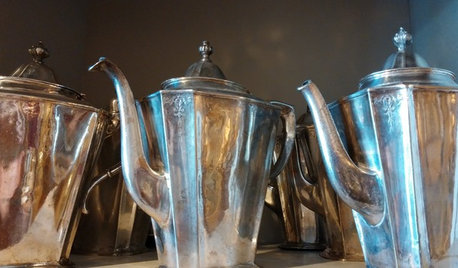
TRADITIONAL STYLEDecorating With Antiques: Silver’s Legacy
Learn how to tell sterling from plate, ways to display pieces and why silver is so darn special to begin with
Full Story
MOST POPULAR33 Magic Household Cleaning Tips
Houzzers from around the world share their tips for transforming housework into child’s play
Full Story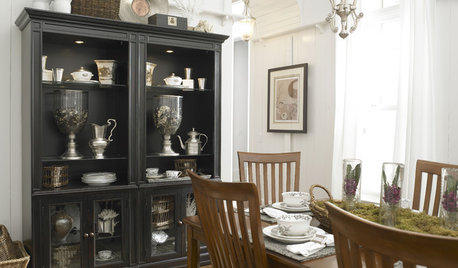
HOUSEKEEPINGHousekeeping 101: How to Clean Silver
Learn from a pro how to properly clean and care for your precious silverware
Full Story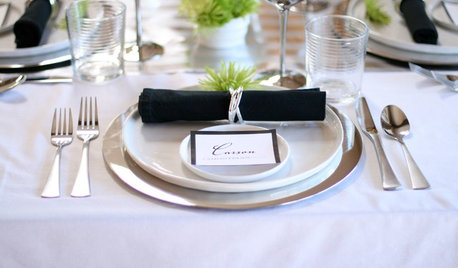
ENTERTAININGA Place for Everything: Beautiful Ways to Style Your Table
Polish your silver and pull out your china as we look at how tables were laid out traditionally and how they shine now
Full Story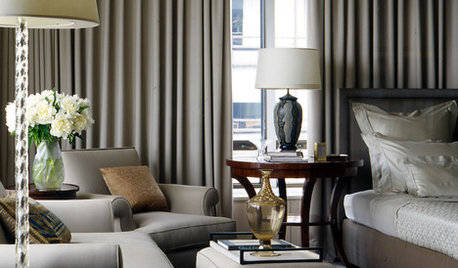
WINDOW TREATMENTSBedroom Window Treatments to Block the Light
Sleep tight with curtains, shades and more designed to keep out bright rays while letting stylishness in
Full Story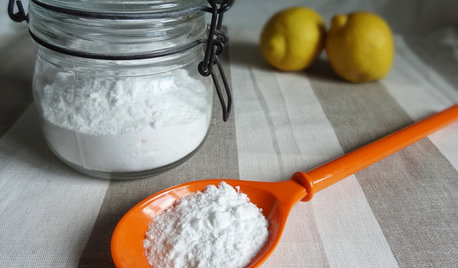
HOUSEKEEPINGBaking Soda: The Amazing All-Natural Cleanser You Already Own
Battle grime, banish odors and freshen clothes with this common nontoxic cupboard staple
Full Story
LIFE6 Ways to Cool Off Without Air Conditioning
These methods can reduce temperatures in the home and save on energy bills
Full Story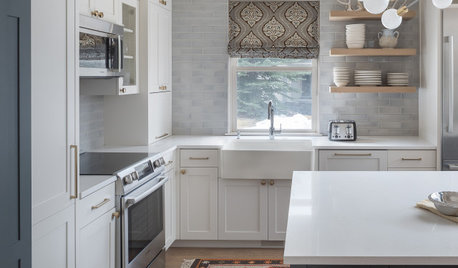
ORGANIZING7-Day Plan: Get a Spotless, Beautifully Organized Kitchen
Our weeklong plan will help you get your kitchen spick-and-span from top to bottom
Full Story
CONTRACTOR TIPSBuilding Permits: What to Know About Green Building and Energy Codes
In Part 4 of our series examining the residential permit process, we review typical green building and energy code requirements
Full Story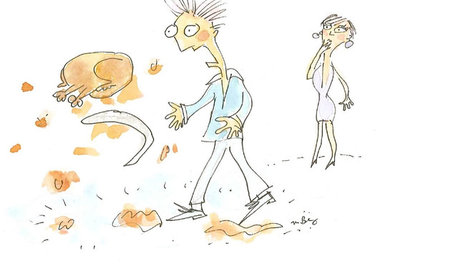
MOST POPULARThanksgiving Tales: When the Turkey Tanks
Houzz readers prove adept at snatching victory from the jaws of entertaining defeat
Full StorySponsored
More Discussions






dcarch7 d c f l a s h 7 @ y a h o o . c o m